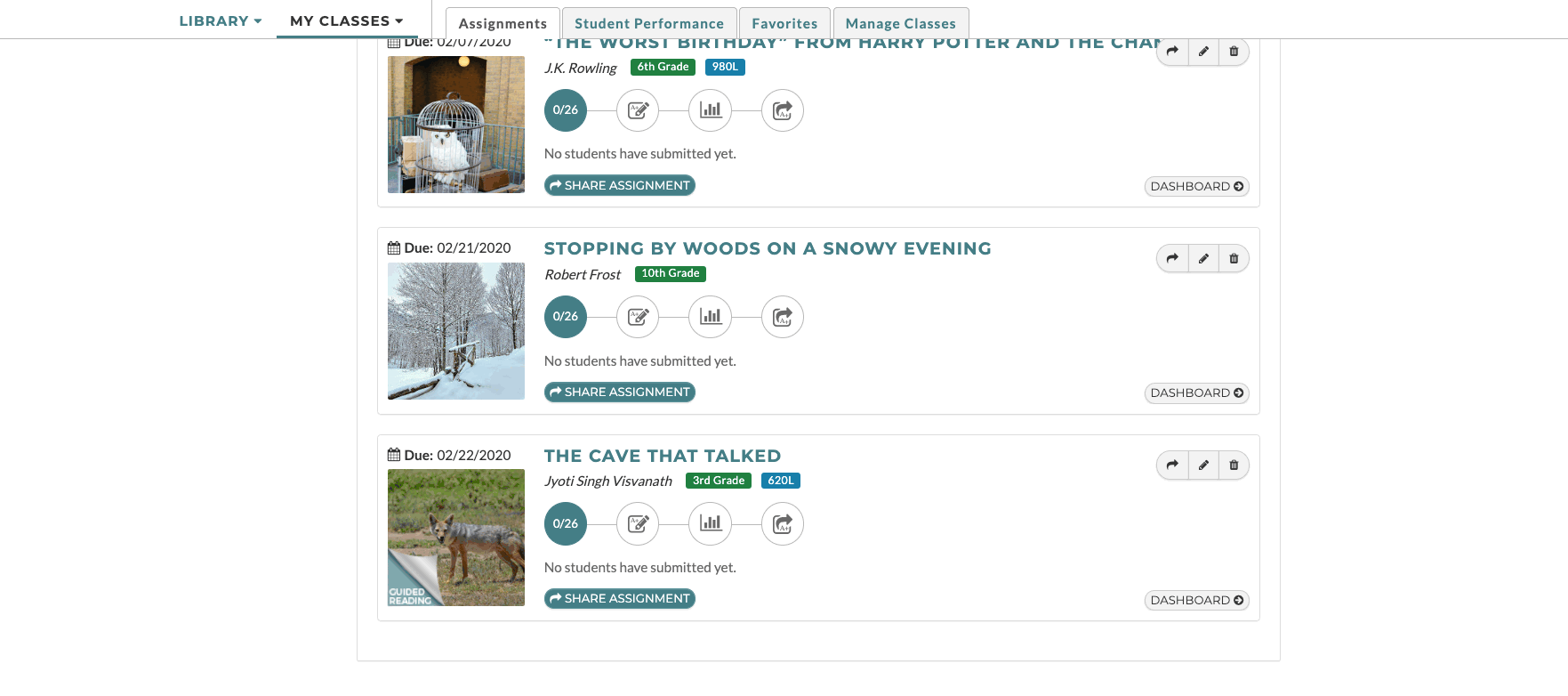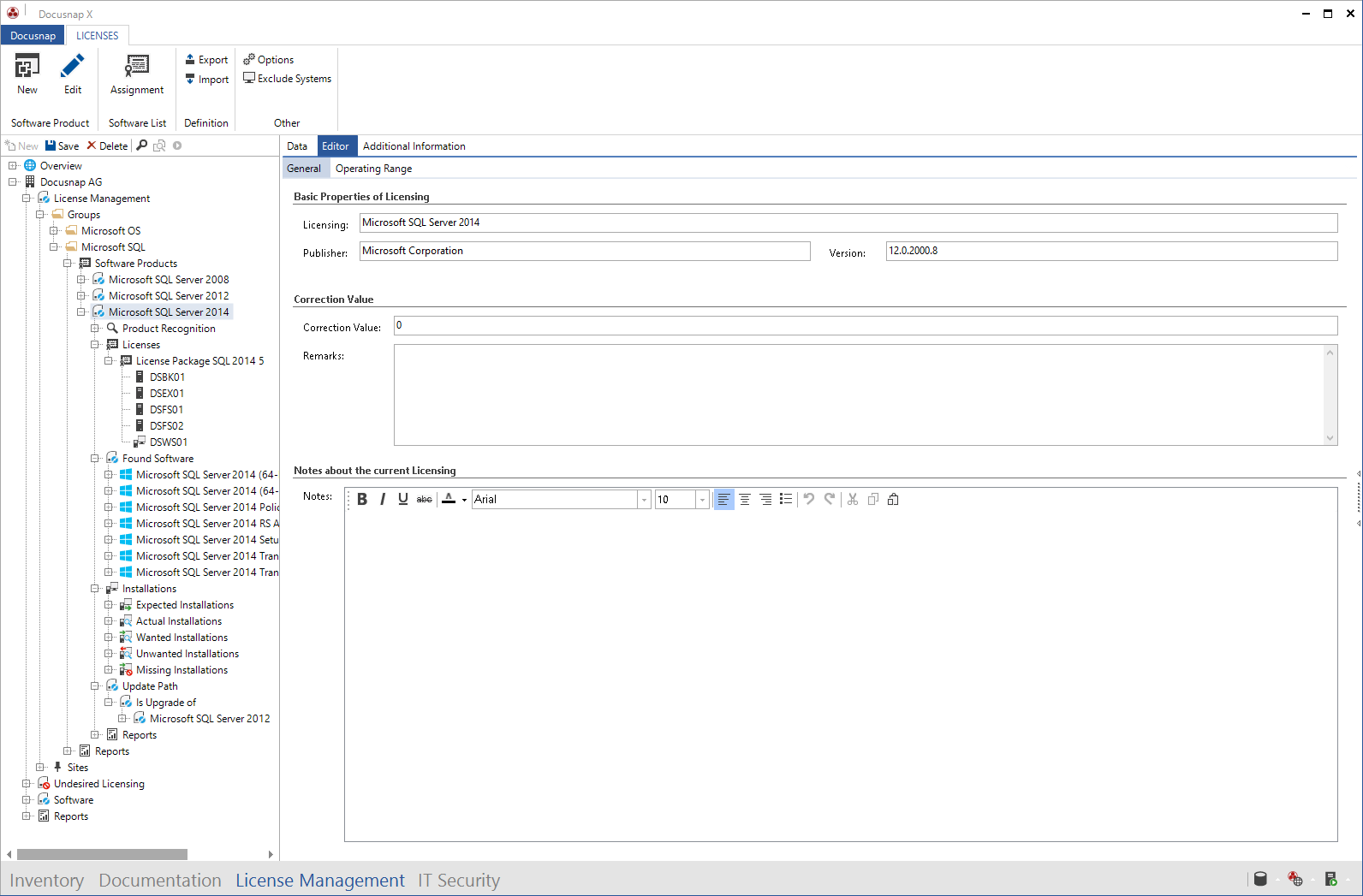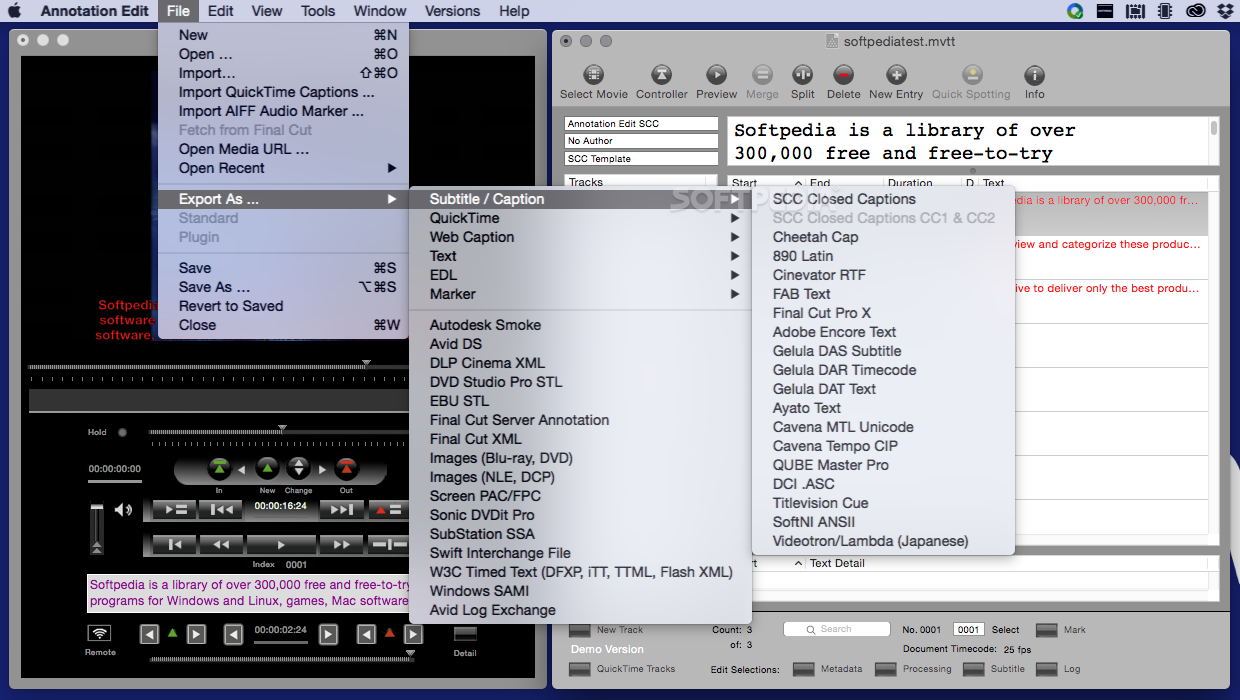

An example of standard annotation is the text on a map for a mountain range. Standard annotation is not formally associated with features in the geodatabase. There are two kinds of annotation in the geodatabase-standard and feature-linked. Learn more about annotation groups versus geodatabase annotation Standard and feature-linked annotation Note:įeature-linked annotation feature classes can be created and edited in ArcGIS Desktop Advanced and ArcGIS Desktop Standard, but they are read-only in ArcGIS Desktop Basic. Geodatabase annotation is indexed spatially, meaning that it will draw and select much faster. Working with geodatabase annotation in ArcMap will generally be faster than working with map document annotation. If you have more than a few hundred pieces of text or if you want editable text that you will use in many maps, use geodatabase annotation. The two other main options for storing text in ArcGIS are dynamic labels and map document annotation. Annotation is typically text, but it can also include graphic shapes-for example, boxes or arrows-that require other types of symbology. Each text annotation feature has symbology including font, size, color, and any other text symbol property. As with other feature classes, all features in an annotation feature class have a geographic location and attributes and can either be inside a feature dataset or a standalone feature class. When set, it will override the default field length on the TextString field in any annotation feature classes created in a database.Annotation in the geodatabase is stored in annotation feature classes. This tool honors the Annotation Text String Field Length environment. Memory and in_memory workspaces do not support feature-linked annotation.
#Annotation edit licenses pro#
This saves the unplaced labels in the annotation feature class, allowing you to position them later in an ArcGIS Pro edit session. To convert these labels, check the Convert unplaced labels to unplaced annotation parameter. Some labels may not display on the map because there is no room.

When creating feature-linked annotation, the output workspace must be the same as that of the feature classes to which they are linked. If the Create feature-linked annotation parameter is checked, a relationship class will be automatically generated when you create the output annotation feature class. When creating a single annotation feature class for the map, label classes with similar properties can be merged into one annotation class using the Merge similar label classes parameter.Īnnotation that is feature-linked is associated with a specific feature in another feature class in the geodatabase. If the Create feature-linked annotation parameter is not checked, the Convert labels from all layers to a single output feature class parameter can be used to create a single annotation feature class for the entire map. The group layer that is created is temporary and will not persist after the session ends unless the project is saved.Īn existing group layer will be overwritten if the same layer name is specified and you explicitly state that overwriting output is allowed. When using ArcGIS Pro, the tool adds the group layer to the display. When working in the Catalog pane, the Python window, or a stand-alone Python script, you can use the Save To Layer File tool to write the output group layer to a layer file. One output of this tool is a group layer. You can then convert the labels to annotation for each scale and name them appropriately, for example, CitiesAnno_1000, CitiesAnno_100000, and so on.

If you are producing annotation at a variety of reference scales, design your map for each of those scales and avoid setting a reference scale in the map. The complete format for naming is as follows: In this case, a number will be added to the annotation feature class suffix (for example, CitiesAnno, CitiesAnno_1, and so on).

Label class scale ranges are set on the Labeling tab in ArcGIS Pro.Īnnotation feature classes will not be overwritten if an existing suffix is specified.


 0 kommentar(er)
0 kommentar(er)
